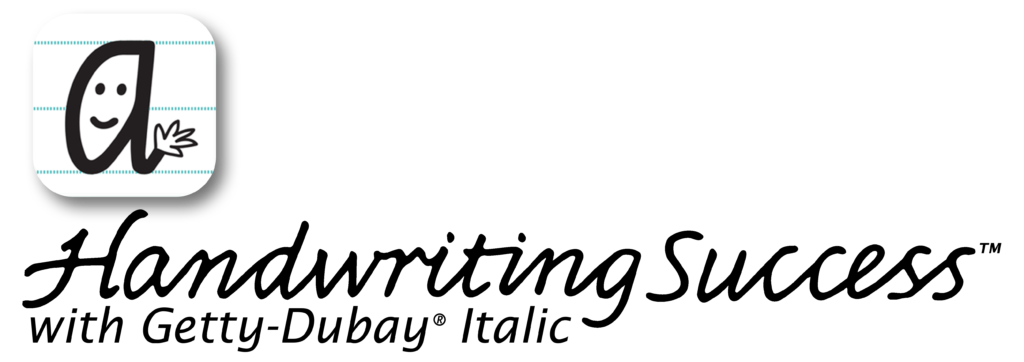You have taken the first best step by purchasing a left-handed nib set, which has a nib angle that slopes to the left (rather than the right) as viewed from the face of the pen. Alternately, you can use a neutral edged nib, which does not slope.
At https://handwritingsuccess.com/videos-gdic/ the author Inga Dubay has a video example of how you might consider using the broad edge pen (see screenshot). Note that the paper is at 90 degrees and the writing is done with the hand moving toward you. The advantages of this method is that the wrist can maintain a relaxed position, and that you can see what you have written without smudging the wet ink you’ve just laid down.

Even though the author is using a neutral (not angled) fiber-tip pen in this case, the rational is the same: broad edged pens like to be pulled, but not pushed.
Using an edged pen can be a challenge at first for any writer. The two important aspects are
- maintaining contact of the nib to the paper along the entire nib edge, and
- maintaining the appropriate pen-edge angle with respect to the baseline (usually 45 degrees for lowercase and 15 degrees for capitals).
Regarding the first item above, as you draw warm up lines with the pen, you can experiment with rocking the pen back and forth gently and minutely to get a feel for how it is contacting the paper. Then, as you write, move slowly enough so that you can feel this contact throughout the stoke. Your eye will also provide feedback as you watch the line thickness and edges. You will also want to make sure that your hand is not directly over your writing, but rather that the pen slopes away from your hand as it would if you are using a monoline tool (see image).

Having said all this, you are doing the right thing by experimenting patiently. If there is one constant for left-handed writers, it is that they all eventually find what works for them.

